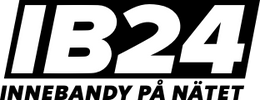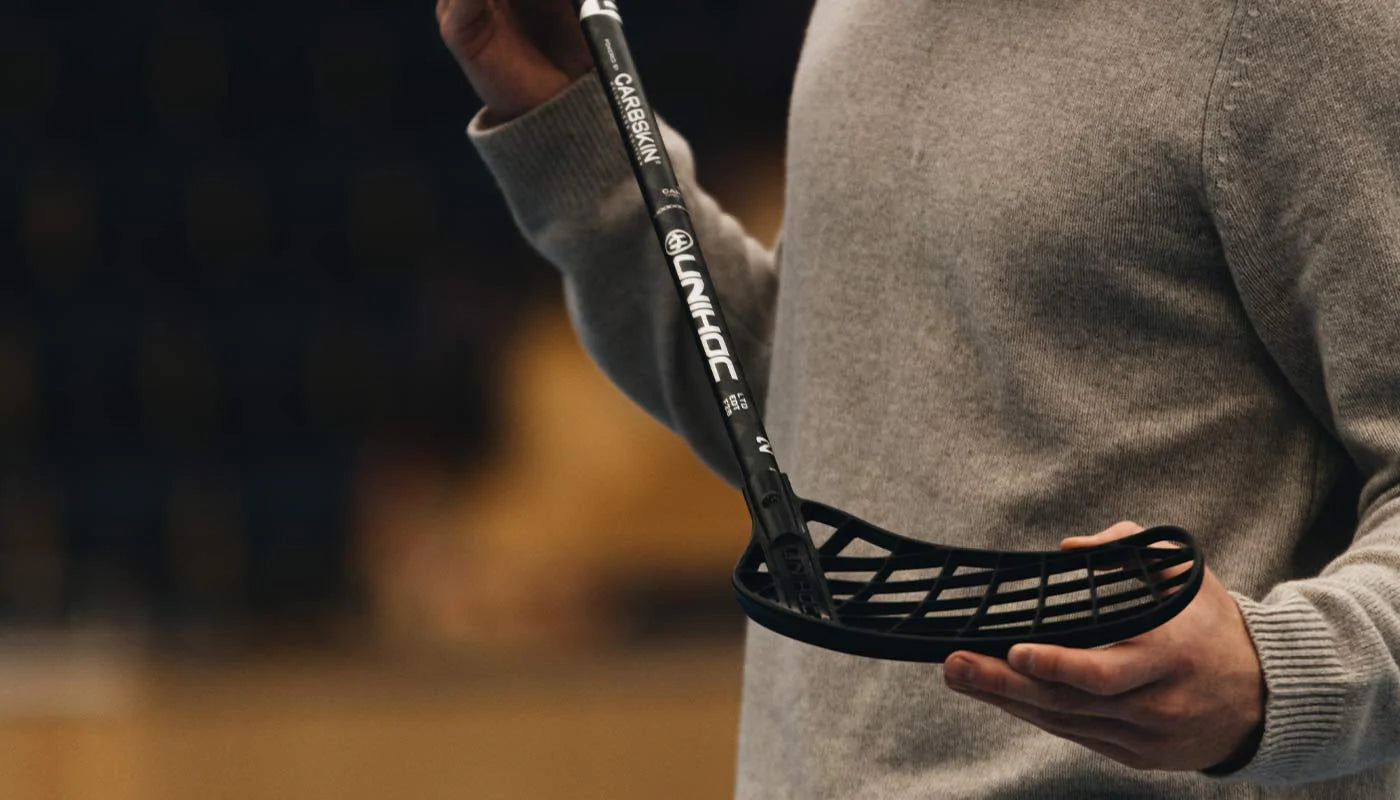Today, there is a wide range of floorball sticks to choose from, and it's not always easy to find the right one. When buying a new floorball stick, it's worth considering the following points:
Player Type
What position do you play? If you are a shooting player, you may prefer a blade with more concavity to easily cradle the ball and take powerful shots. Or perhaps you are a playmaker who prefers making hard and accurate passes rather than shooting, in which case a larger blade with less concavity may be desirable. In other words, your player role is important in analyzing which characteristics of a floorball stick and blade are important for you.
Weight
Today, almost all floorball sticks are very lightweight, but there are still sticks specifically designed for an extra nimble and feather-light feel. The important thing here is to try different options and feel whether you prefer a lighter stick or one with a bit more weight behind it. It's important to remember that a lighter stick doesn't automatically mean a better stick.
Shaft
In recent years, shaft development has led to many exciting innovations such as Bow, Curve, Kickzone, and S-Bow. These innovations are designed to enhance the stick's performance and create new possibilities for better shots and techniques.
Despite the emergence of many new shaft variants, almost half of all players still choose straight floorball sticks. Bow sticks from FatPipe, for example, can be a good option if you like to dig and cradle the ball. The curved shape of the shaft creates a greater catapult effect than a regular straight shaft, resulting in better shot speed. When trying a stick with a new shaft, it may feel unfamiliar at first, but give it a chance. With some practice, you'll notice whether it's the right shaft for you or not. We encourage trying out new shafts, and we've seen many players improve greatly when they dared to try something new.
Shaft Flex
The term "flex" refers to the stiffness of the stick shaft, which affects how much the stick bends under pressure, such as during a slap shot. The flex of a floorball stick is a measure of how much it bends under a certain pressure. The flex of a floorball stick is different depending on how the fibers in the material of the shaft are positioned. Fibers can be angled, straight, or sparse, resulting in different tensions and hardness. Flex is measured in millimeters using a testing machine where the stick is subjected to a certain pressure. If the stick bends 26 mm, it gets the flex rating of 26. The scale ranges from the hardest flex at 23 to the softest flex at 36. Men usually choose a flex between 23-31, and women typically use a flex between 27-31. For juniors, a flex between 26-31 is suitable, and for children, 31-36.
Physical strength plays a significant role in choosing the flex. Choosing a stick that is too stiff for you will result in poorer shots. If you are a player who focuses on shots and hard passes, your game will benefit from a lower flex (stiffer shaft), but if you are a technical player, a slightly softer and higher flex is likely to be suitable. A common mistake is buying a floorball stick with a flex that is too stiff, which means you cannot fully utilize the stick.
Length
A guideline for the length of your floorball stick is your navel. The stick should end a few centimeters above the navel. Here, too, it is important to consider your player role. Defensemen need to cover large areas and make long passes, which is easier with a longer floorball stick. A dribbling forward who prefers close contact with the stick and ball would benefit from a shorter stick. If you suspect you have a stick that is too long and choose to try a shorter one, give it a few practice sessions. It may feel awkward for 2-3 training sessions, but then you'll get used to the stick's new length.
Blade
There are many different floorball blades on the market today. Some are concave and designed for goal scorers, while others have less concavity and are intended for playmakers. It's easy to change blades on a floorball stick, so don't be afraid to try new ones. The blade's characteristics greatly affect the stick's performance. Floorball blades come in different hardnesses. The most common designations are soft, medium, and hard. A softer blade provides more ball control and is perceived as easier to pass and receive passes with. Many people feel that a harder blade provides a harder shot.


